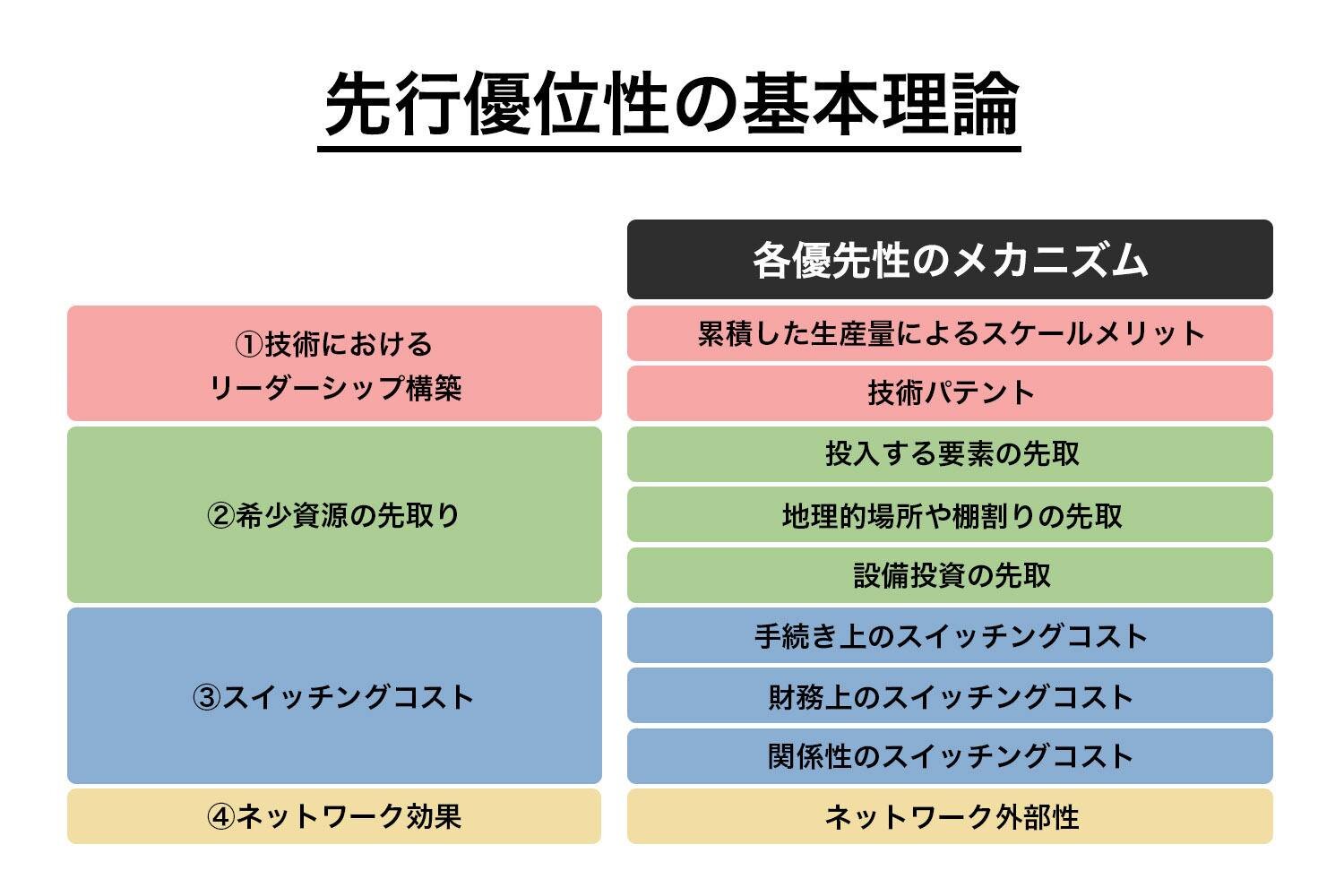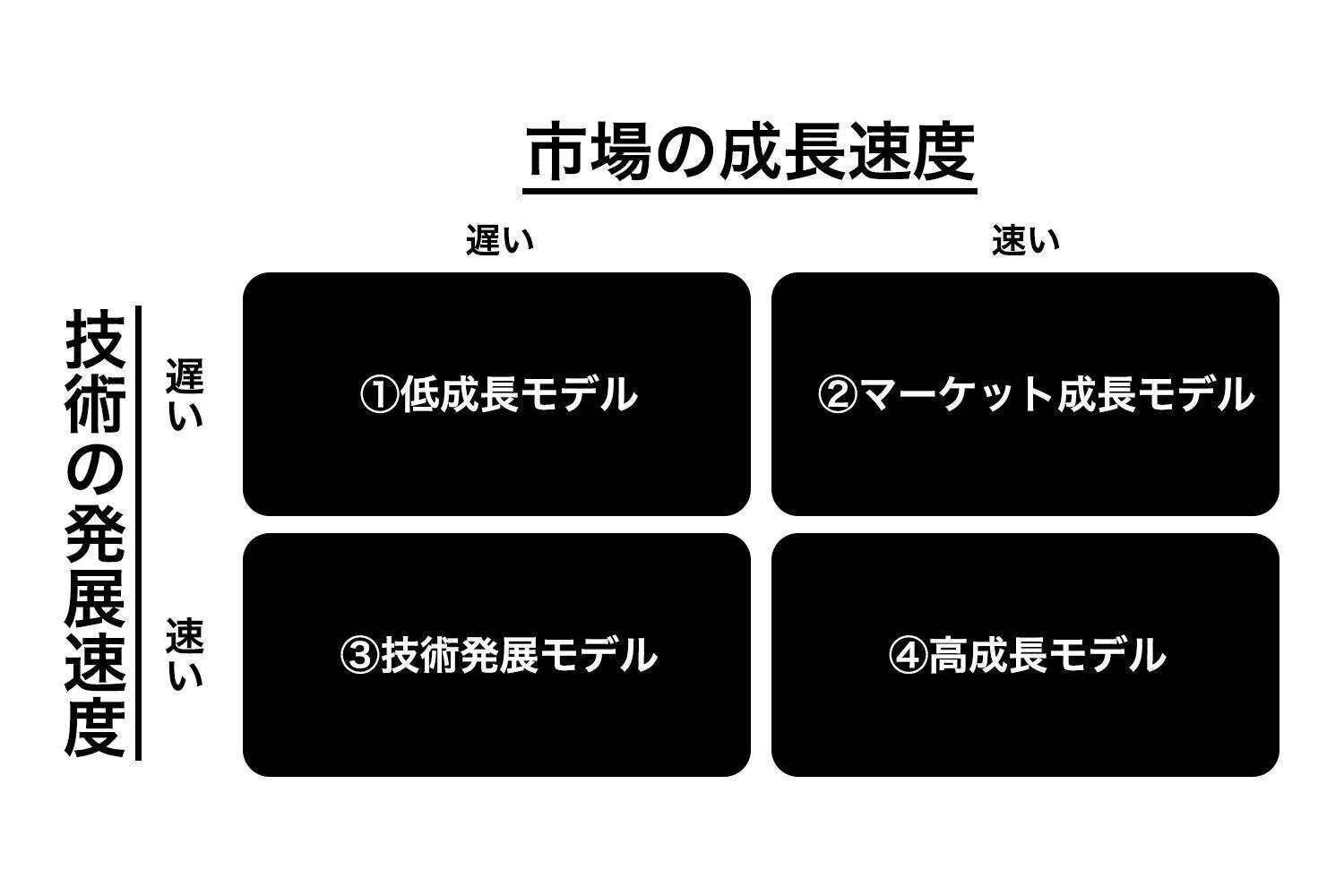My name is Kiyota from the editorial department of "& JAFCO POST".
Entrepreneurship Education A series focusing on "failure" based on papers and cases related to entrepreneurship with Babson College, the No. 1 in the United States. Entrepreneurship "Failure Studies".
This time, I would like to introduce useful information for entrepreneurs and those who aspire to start a business, with the theme of the trap of belief that the word "preceding advantage" brings.
"Don't challenge the player who is ahead" is the biggest failure
I often hear the word "first-come-first-served", but does that cause you to give up your business? Is that really the case?
Looking at the actual business, latecomers such as Rakuten's EC, Honda's motorcycle, and Yatsuhashi's "Otabe" are overtaking the leaders.
The field of "leading advantage" has been studied from an academic point of view, but it is not an absolute law that applies to any industry / industry. We think that the biggest failure is not to take on the challenge, thinking that "this business will be difficult because there are leaders".
This time, I will introduce what kind of ideas should be taken in order to avoid the "belief trap" brought about by the word "preceding superiority", using academic viewpoints and actual cases. What is "preceding advantage" in the first place? One of the well-known papers on the theory of "first advantage" is "First Mover Advantages" by Leberman and Montgomery (1988), but this paper points out the following four "first advantages".

Source: Created based on Lieberman & Montgomery (1988) / Lieberman (2002) / Burnham, Frels, & Mahajan (2003) ("Network externalities" was additionally mentioned in the 2002 paper)
In today's digital age, technological advances are so rapid that even leading companies cannot always maintain their superiority. Especially when the market changes drastically, the needs of the target customers also change drastically, so the accumulated experience is often not utilized.
In actually considering the "leading advantage", it is necessary to consider the market and technology growth rate of the business domain. Below is a matrix diagram based on the growth rate of the market and the development rate of technology.

Source: harvard business review Created based on "The half-truth of first-mover advantage"
Below, based on the above table, we will apply examples of actual businesses (models at the time of each business expansion) (corresponding segments will constantly change with the times).
Uniqlo, Rakuten and Tesla Motors were also latecomers
(1) Low-growth model (moderate market growth and gradual technological development)
Leading companies are most likely to retain their advantage in areas of gradual market and technology growth.
If the market is growing slowly, the leaders will be given time to develop new market segments and satisfy their customers. It also makes it difficult for later entrants to differentiate their products from those of their predecessors if technological development is at a gradual pace.
Therefore, in this area, it is important how you can continue to use it in terms of branding and marketing.
For a real company, UNIQLO (Fast Retailing), an apparel retailer, would be the case. UNIQLO is showing overwhelming strength in the "lifewear" segment, and so far no company has emerged to follow suit in Japan.
(2) Market growth model (fast market growth and gradual technological development)
If the market is expanding significantly and the required technology is in time for existing ones, it may not be easy to gain an edge over the predecessor and a strategy may be needed. This model is based on how many users can reach the product for the first time (for example, financial strength to mass-produce the product, marketing strategy, etc.).
In terms of actual companies, there are Geo Holdings (GEO), which has rapidly expanded the rental video industry, Ein Holdings, which has expanded rapidly due to the division of medicine, and is still the top runner in the dispensing pharmacy market, and Gopro, a wearable camera.
③ Technology development model (moderate market growth and rapid technology development)
In areas where the market is growing gradually while technological development occurs at a rapid pace, it is considered that the leading companies have little advantage. This is because when technological changes are radical, new technologies can be used to differentiate / switch customers from other companies. In addition, it can be said that the market itself can be replaced by new technology. The important factors in this case are the financial strength and high technology that can be waited for until the market arrives.
In the actual market, the film camera market, which was generally developed, was replaced by a new technology called a digital camera that saves data.
④ High-growth model (fast market growth and fast technological development)
In areas where markets and technologies are growing fast, the advantages of leading companies are very fragile and in some cases disadvantageous. First of all, when the basic technology of a product changes rapidly, the product quickly becomes obsolete. And in the rapidly growing market, it is possible to enter the market by using the market opened by the leaders and to provide services that solve the problems of existing services.
It is very difficult to build a "leading advantage" with this model, and basically it can only be done by a large company with abundant financial power. However, many large companies tend to miss this area from the innovation dilemma. And many of the startups we invest in every day are also companies in this segment (4).
In terms of actual companies, I think that Rakuten, which was a latecomer in the early EC market but devised a strategy and reversed, Tesla Motors in electric vehicles, DJI in the small drone market, etc.
There is not much "leading advantage" in a rapidly changing market where startups fight
How was that. In a word, even if we say "preceding advantage", the reality is that there are many areas where we cannot demonstrate our advantage due to the growth potential of the market and the speed of technological development. It can be said that "leading advantage" is only one of the many factors that enable a company to succeed and gain a competitive advantage.
Mr. Matsumoto of RAKSUL also said at the ICC summit in the past, "Isn't there any more first-mover profit?", But many startups and companies invested by JAFCO are in markets with large growth and change. I'm fighting. As a result, there is not much "leading advantage" in the market.
The biggest mistake is not to give up the business and take on the challenge because of the belief that "there are already competing players". We hope that this article will give entrepreneurs a chance to reconsider the business they are currently challenging.
Comments from Associate Professor Yamakawa of Babson College
"I already have such a product (service)" is not a reason not to do it!
This time, the theme was "the belief that the word" leading advantage "brings." It can be said that it is one of the typical "failures" that entrepreneurs tend to fall into. At Babson College, we introduced in the first article, "What do you want to do?" "What kind of impact do you want to have in the world?" That is, "The entrepreneurial path begins with deepening self-understanding." In this case as well, it cannot be said that an entrepreneur gives up on an industry or product that he or she is fond of, simply because of the existence of a leader or its superiority.
In entrepreneurship education at Babson College, we consider human resources who have the mindset of "always transforming the world to be better" and who can work hard to solve problems as entrepreneurs. Having an existing product is proof that there is demand on the flip side. If you can add even a little new value to it, it is a proof that you have taken a step toward creating a better world.
In the words of Babson College founder entrepreneur Roger Babson, "It is wise to keep in mind that neither success nor failure is ever final. ) ". I always tell my students "Don't be afraid to fail; be afraid not to try" and encourage them to take action. Let's take the word "I already have such a product (service)" as an opportunity rather than being negative, and challenge your value by hitting the product and service with all your might!

